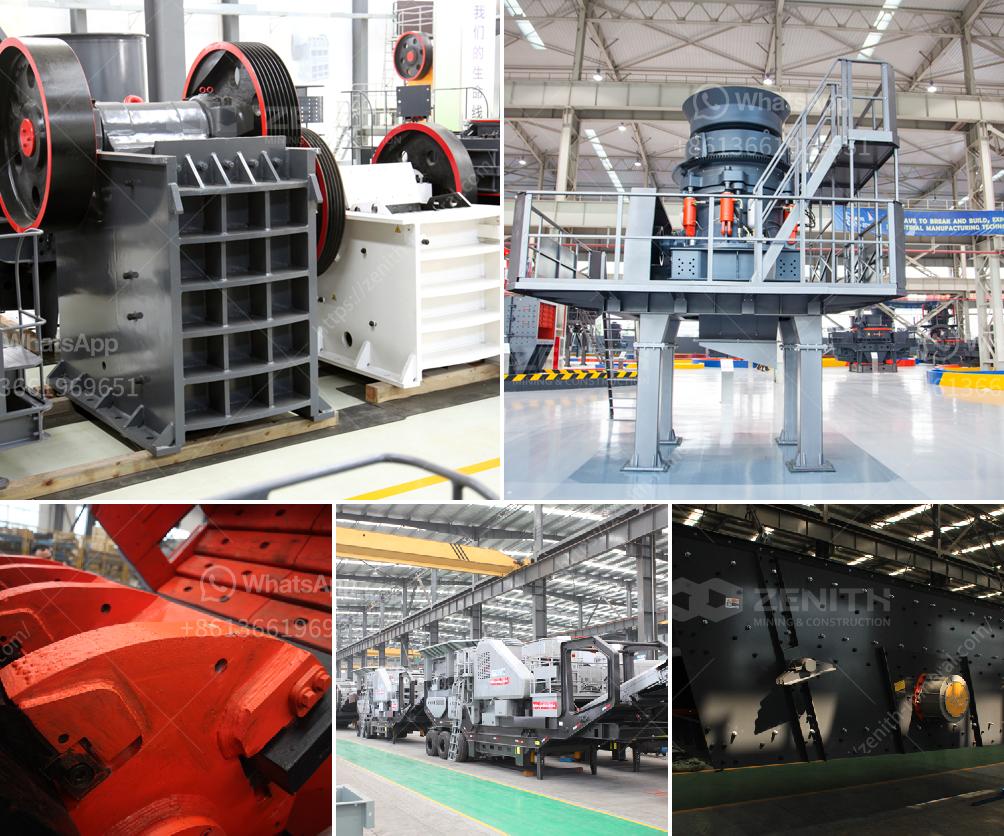Changing the jaw crusher plates can be a straightforward process if you follow these steps carefully:
-
Prepare the Equipment:
- Ensure the jaw crusher is shut down, locked out, and tagged out to prevent accidental startup.
- Wear appropriate personal protective equipment (PPE) such as gloves, safety glasses, and steel-toed boots.
-
Remove the Worn Plates:
- Open the jaw crusher fully to ensure you have enough room to access the plates.
- Depending on the design of your jaw crusher, you might need to loosen the tension rods or bolts that secure the plates.
- Use appropriate lifting equipment, such as a crane or hoist, to support the weight of the plates as you remove them.
-
Clean the Seating Areas:
- Thoroughly clean the areas where the new plates will sit to ensure a proper fit. Dirt or debris can cause improper seating and reduce the lifespan of the new plates.
-
Install the New Plates:
- Position the new jaw crusher plates in place. Ensure they fit snugly and correctly.
- Secure the plates in place using the appropriate bolts or clamps. Use a torque wrench to tighten them to the manufacturer's specified torque values.
-
Re-tension the Crusher:
- If you had to loosen any tension rods or bolts, re-tension them according to the manufacturer's guidelines to ensure the plates are held firmly in place.
-
Check Alignment:
- Verify that the new plates are properly aligned and secure. Misalignment can cause uneven wear and reduce the efficiency of the crusher.
-
Test the Equipment:
- Once the new plates are installed and secured, remove any tools and equipment from the area.
- Conduct a test run to ensure everything operates smoothly and that there are no unusual noises or vibrations.
-
Final Inspection:
- After the test run, perform a final inspection to ensure everything is operating correctly. Tighten any bolts if necessary, and ensure that all safety mechanisms are in place.
By following these steps, you can effectively change the jaw crusher plates and maintain the efficiency and longevity of the equipment. Always refer to the manufacturer's manual for specific guidelines and torque specifications.

